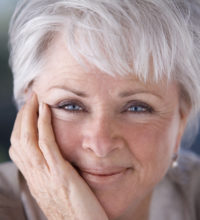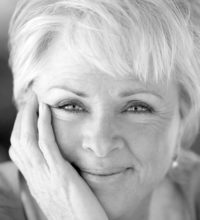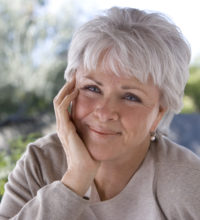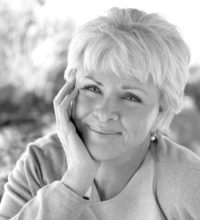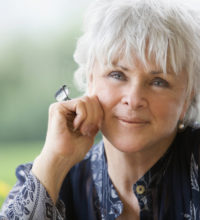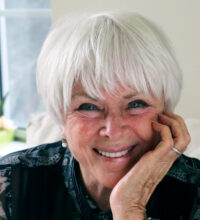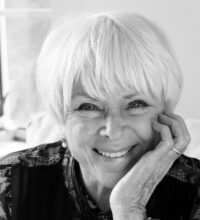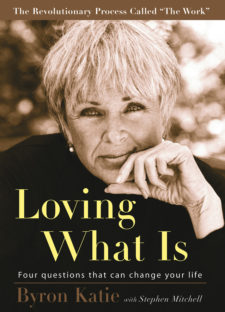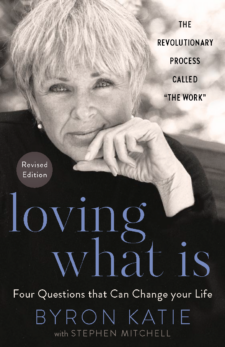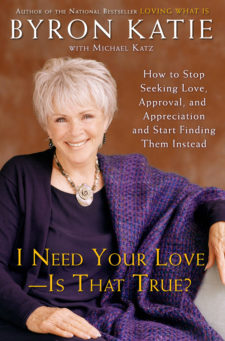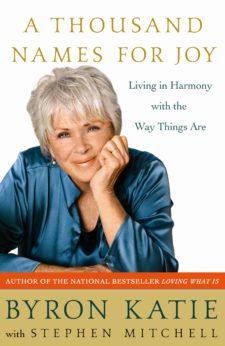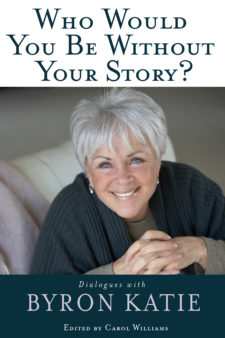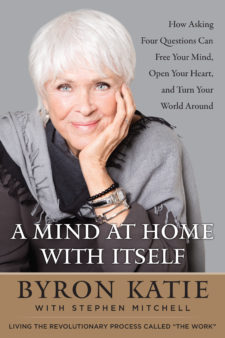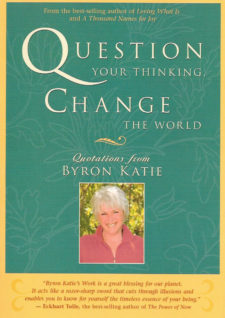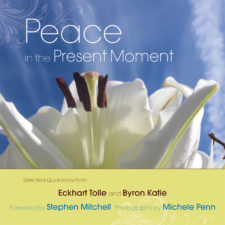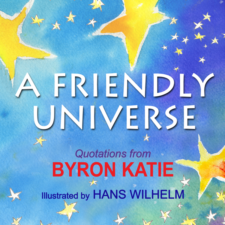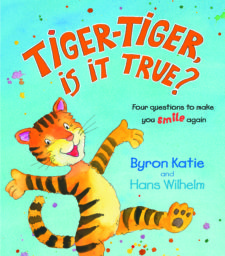- AFRIKAANS | Afrikaans
- العربية | Arabic
- CHICHEWA | Chichewa
- 简体中文 | Chinese, Simplified
- 繁體中文 | Chinese, Traditional
- ČEŠTINA | Czech
- DANSK | Danish
- DEUTSCH | German
- EESTI | Estonian
- ΕΛΛΗΝΙΚΑ | Greek
- ENGLISH | English
- ESPAÑOL | Spanish
- فارسی | Farsi
- FRANÇAIS | French
- 한국어 | Korean
- עברית | Hebrew
- HRVATSKI | Croatian
- ITALIANO | Italian
- LATVIESU | Latvian
- LIETUVIU | Lithuanian
- MAGYAR | Hungarian
- македонски | Macedonian
- NEDERLANDS | Dutch
- 日本語 | Japanese
- NORSK | Norwegian
- PAPIAMENTU | Papiamentu
- POLSKI | Polish
- PORTUGUÊS | Portuguese
- ROMÂNĂ | Romanian
- РОССИЯ | Russian
- SHQIP | Albanian
- SLOVENČINA | Slovak
- SLOVENŠČINA | Slovenian
- SRPSKI | Serbian
- SUOMI | Finnish
- SVENSKA | Swedish
- TÜRKÇE | Turkish
- ייִדיש | Yiddish
Byron Katie
In 1986, at the bottom of a ten-year spiral into depression and self-loathing, Byron Katie woke up one morning in a state of joy. She realized that when she believed her stressful thoughts, she suffered, but that when she questioned them, she didn’t suffer, and that this is true for every human being. Her simple yet powerful process of self-inquiry, which she calls The Work, consists of four questions and the turnaround, which is a way of experiencing the opposite of what you believe.
Byron Katie has been bringing The Work to millions of people for more than thirty years. Please join her at athomewithbk.com for At Home with BK on Zoom every Monday, Tuesday, and Wednesday from 9-10 a.m. Pacific Time.
Her books include the bestselling Loving What Is now in a revised edition, I Need Your Love—Is That True?, A Thousand Names for Joy, and A Mind at Home with Itself. For more information, visit thework.com.
High-Rez Images of Byron Katie
Images should assist media and other professionals to develop articles, websites, and promotional materials for events with Byron Katie. For additional images or to obtain permission to use the photographs, please contact us at byronkatiemedia@thework.com. Thank you for checking here before using any of the downloadable materials.
Click on image to access the high resolution version.
To download, right click (control + Click on a Mac) and select "Save Image As..."
Byron Katie in the Media
| Publication | Title | ||
|---|---|---|---|
| Los Angeles Magazine | Jane Lynch and Byron Katie Do The Work | Read Article » | |
| Time | Four Questions to Inner Peace | Read Article » | |
| Huffington Post | Stephan Spencer: Byron Katie Just Wants You to Be Happy | Read Article » | |
| Oprah.com | Testing The Work of Byron Katie | Read Article » | |
| Oprah.com | Byron Katie’s Four Questions | Read Article » | |
| Realization.org | An Interview with Byron Katie | Read Interview » | |
| Los Angeles Magazine | Ready to Get to Work? Bring it On! | Read Article » | |
| Amazon.com | Byron Katie Author Page | Visit Page » | |
| Wikiquotes | Quotes from Byron Katie | Visit Site » |

